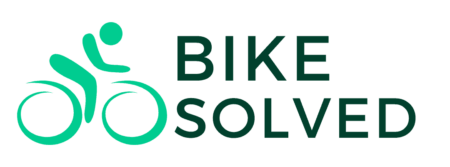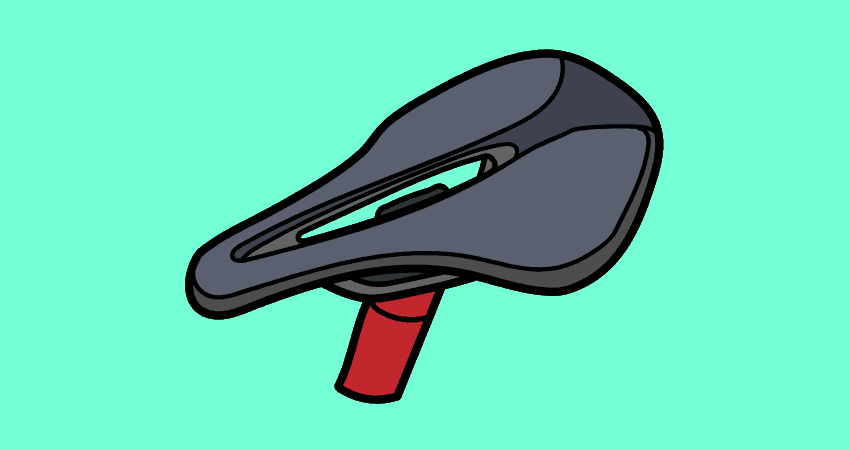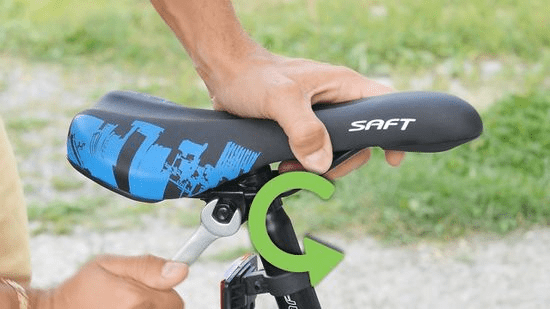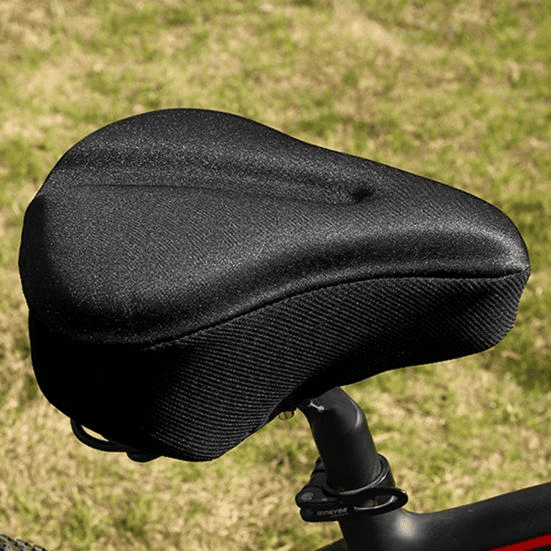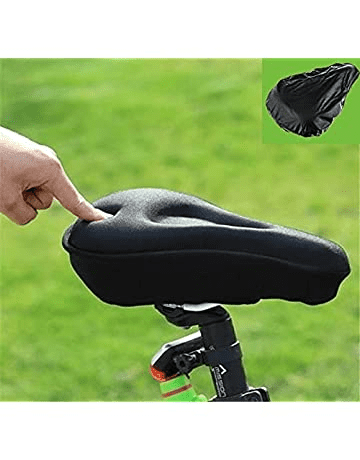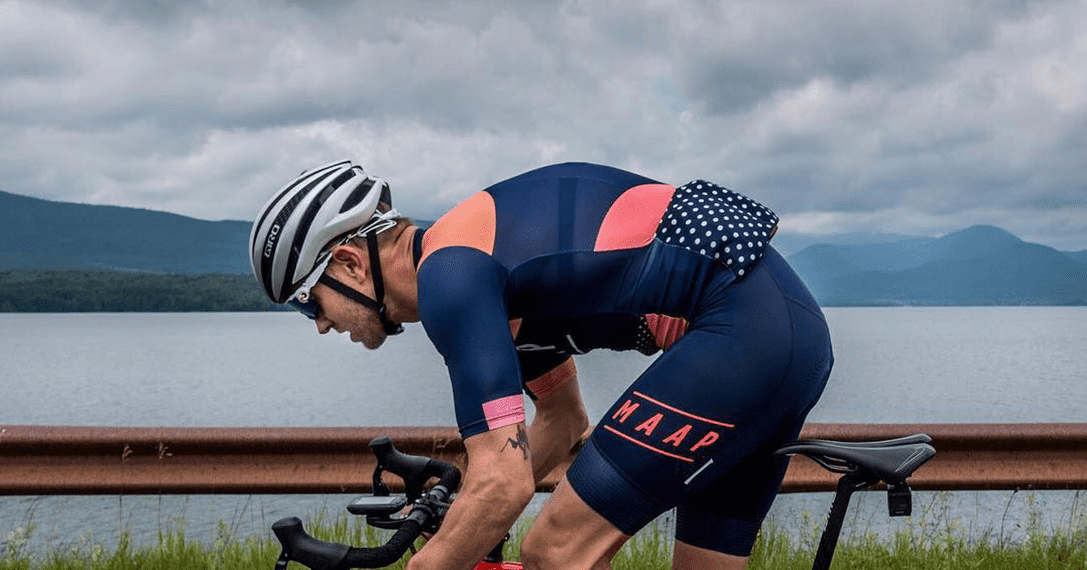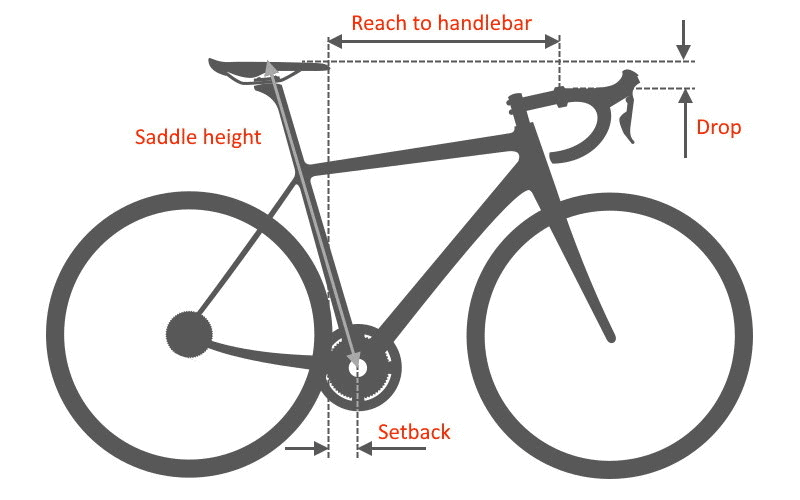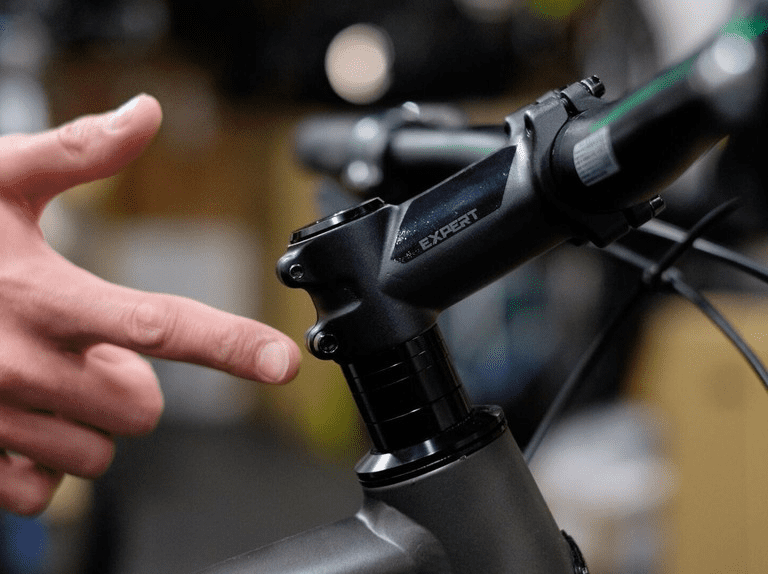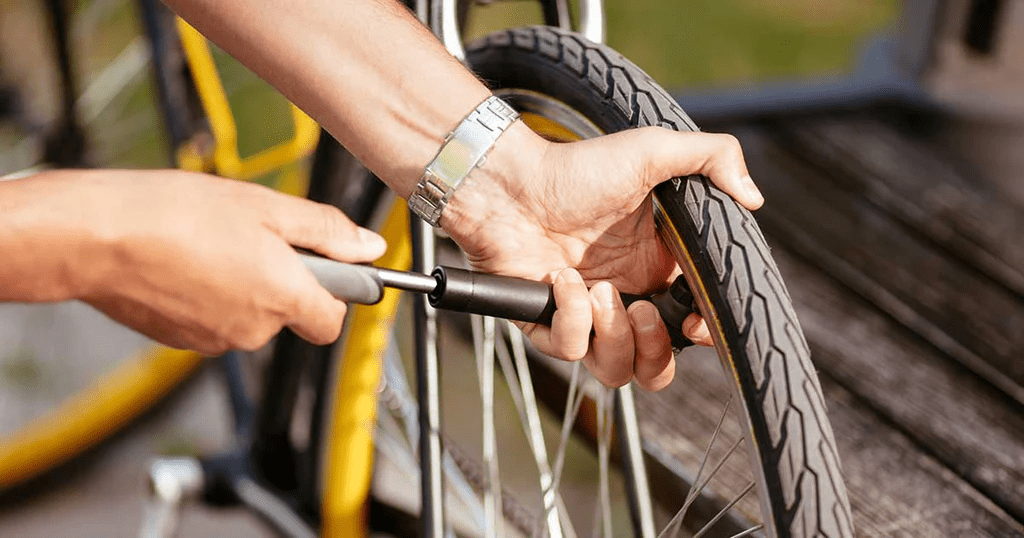Have you ever felt discouraged from riding your bicycle because of the occasional soreness that comes along? Or because of an uncomfortable seat getting in the way of an enjoyable biking experience?
Have these questions ever led you to dream of a cushiony soft saddle? You are definitely not the only one to yearn for it. Riding a bicycle is one of the most exciting experiences you may insist on avoiding because of an uncomfortable seat. After frequent cycling sessions, your back might feel stiff and your legs numb. This is more likely to happen in case of long rides.
I have read about many bikers complaining of pain and soreness in the body, especially the areas in direct contact with the seat. But the exciting part is that most of them have been able to counter such issues with easy DIY tricks that promise results.
I have come up with 10 of the easiest and most effective ways to make your bicycle seat more comfortable with the help and suggestions of professional bikers with years of experience. However, before you try to curb the discomfort, you must be aware of the factors causing it.
Bikesolved.com is readers supported, you may find Amazon affiliated links on this page, that pays us commission for recommending products at no extra cost to you.
Why does your bike seat lead to sores and discomfort?
A long bicycle ride with two small bones handling the rest of your body weight will definitely bring up some discomfort. What amplifies this trouble is your incorrect posture coupled with unsuitable clothing. Riding a bicycle by putting your entire weight on the bike seat and not directing a good portion of it towards the pedals will not be the best choice to make.
Not taking into consideration the correct technique is one of the most common reasons for a painful experience that ends up with sore muscles. Some bikes may also be poorly engineered, thus compromising quality and comfort. A poor choice of sportswear without proper padding will only intensify the uneasiness while cycling.
10 Effective Ways to make a bicycle seat more comfortable
Now that you know the root causes of an uncomfortable bicycle seat, you can tackle one issue at a time, making your overall cycling experience much more pleasant. Let’s get started!
1. Align the height of the seat properly
Make sure to adjust the height of your bike seat according to you. Poorly installed bike seats that are either too high or low for you will hamper the even distribution of your body weight on the bike saddle, leading to a cramped back.
For the best alignment, the height of your saddle should be at the level of your hip when you stand behind your bike, which means that your bike seat should be of the same height as your hip.
Before riding it, you must adjust the saddle properly. If your heel cannot touch the pedal, it must be lowered. To check if the seat is not too low for you, ensure your knee does not bend when you pedal backward with your heels on top of the bike pedals.
2. Pick an additional padded cover
You may choose a cover with appropriate padding for a more comfortable and cushion-like seat. This will work best if you generally avoid wearing padded cycling shorts. Such a detachable seat cover will act like a bike seat cushion between your butt and the saddle.
They fit perfectly along the dimensions of your bike seat. From cotton covers to those made of leather, you will have a good number of options of seat covers to choose from.
You can also replace your original seat pad made of foam with gel pads as they work efficiently on the road surface when the speed is high.
3. Choose the perfectly sized seat with thin padding
Picking up the right saddle for your bike is essential. It may be strange, but most cyclists believe in picking a thinner bike saddle over a thick one. Smaller, leaner, and lightweight saddles tend to make your bicycle seat more comfortable than you could ever imagine.
Thin padding will make your bicycle seat solid and muscular as opposed to thicker padding coupled with a large saddle which may chafe your skin and make it sore. Most bike saddles are slender from the front and broader from the end.
4. Adjust the saddle angle of your bike
The perfect angle of your seat varies according to your comfort. Most bikers recommend a downward inclination of the seat. A minimal tilt of your seat towards the front may help you relax the muscles in direct contact with the saddle.
But such a bent might also put unnecessary pressure on your arms or wrists. Hence, the level of inclination should be taken care of. Some cyclists prefer the front of the seat to be turned up.
A different saddle angle might initially feel a little uncomfortable and unusual, but it eventually enhances the overall posture. Adjusting the saddle parallel to the ground with no tilt towards the rear or front may not be the best method. Therefore, the angle should be carefully adjusted and implemented to see how your body responds to the inclination.

5. Appropriate sportswear
Cycling in loose-fitted clothes will only add up to the discomfort coming from various other factors. It is important to keep a check on your attire before you venture out on your bicycle. Pain, soreness, and chafed skin may be the immediate consequences of not dressing up properly. This will only be worse if your seat lacks proper padding.
Therefore, investing in cycling shots and good-quality padded shorts should be one of your priorities. You can go for tight and padded cycling shots to prevent soreness better.
These should be especially preferred in case you do not wish to get an additional padded cover for your saddle. However, you should pay proper attention to hygiene while cycling in these shorts, as damp clothing can lead to more infections on top of chafing.
6. Accommodate the distance between your seat and handlebar
The distance between your saddle and handlebar should be adjusted in such a way that you are neither too far nor near to the handlebars.
The best way to check if there is a perfect gap between them is to stand while cycling. If you can do so comfortably, the distance between your handlebars and seat is perfect, and your bicycle seat will feel much more comfortable to sit on.
7. Occupy the seat completely
If you notice yourself occupying the nose of the saddle, back out immediately and adjust your seat until you are comfortable sitting on the entire seat and not just the thinner portion at the front.
If you take up only the leaner portion of the seat, your body weight will not be evenly distributed throughout the saddle, and it will become a painful experience in the long run. This is because the nose of the saddle does not have the required padding and diameter you need to maintain the best possible posture.
8. Modify the height of the handlebars for a more defined posture
Even after adjusting your saddle height and the distance between the seat and handlebars, your comfort may not have been maximized. In that case, you can go ahead with adjusting the height of your handlebars.
Increasing their height will release pressure from your wrists and arms. It might also relieve your shoulder pain. Your handlebar height should complement your seat height, and you should be able to ride the bike comfortably. With appropriate accommodations, you will be able to maintain a well-defined posture.
You can also deliberately try to maintain a good posture by not bending towards the handlebars except while moving down a slope. The key is to focus on comfort. Any adjustment must be made keeping the idea of comfort and posture in mind; it will help you avoid any kind of tenderness and discomfort.
9. Don’t ignore the tire pressure
The Tyre pressure of your bicycle directly influences the ease you feel on your seat. Every time your bicycle runs over a fissure or pothole on the road, you will feel discomfort on your saddle through your tires.
Therefore, to make a bike seat more comfortable, you should not overlook other parts of your bicycle and merely focus on the seat.
It is equally important to tackle and adjust other aspects, including the pressure of your tires. You don’t have to alter your body movements while going through cracks and fissures on the road, you can simply lower the tire pressure of your bicycle to 80 to 95psi, and you are good to go!
You can even use wider tires for a much more comfortable bike ride. With wide tires, you don’t have to be worried about the tube getting punctured after lowering the tire pressure. These little changes can help you avoid an uncomfortable bike seat and boost longer rides
10. Replace the bicycle seat with a new one
Sometimes, all the efforts to make your original bike seat more comfortable go in vain, and there is nothing more you can do.
In that case, instead of despising the idea of cycling, you can resort to replacing your original bike seat with a new one. But it is extremely important to consider all the factors and reasons that made you give up on your existing bike seat.
You must choose a different saddle that tackles all those factors to provide maximum comfort. You can also consider replacing the original bicycle with a new one if you feel other parts mess up your overall experience.
It may be possible that your new saddle feels uncomfortable because of other limitations which cannot be corrected merely by replacing the seat. A new bike may just solve all your bike riding issues effortlessly. While choosing a new bike, you must look for a comfortable bike seat that is well-engineered.
Conclusion
Pain and soreness due to an uncomfortable saddle have the potential to not only ruin the hours you spend riding a bicycle.
They can mess up your entire day and end up making you feel cramped even in the most comfortable chair of your place. Thankfully, you no longer have to go through this pain that will eventually drive you to give up biking. A well-planned setup is all you need.
Adjusting something as simple as the height of your seat or handlebars can improve your comfort level. Experimenting with the angle of your saddle to find the most comfortable level of inclination can release pressure from your sit bones and wrists, giving you a perfect balance and posture. Just a few modifications and the saddle sores will become a thing of the past.
FAQs
What should I put on my bike seat for comfort?
In order to make a bike seat more comfortable, you can go for an additional layer of padded cover that will act as a comfortable blanket between your sit bones and the bicycle seat. These seat cushions are shaped like your saddle and will fit perfectly to provide more thickness and coverage. You can choose from various cotton, leather, and gel coverings.
Why does my bike seat hurt my bum?
Your bike seat possibly hurts your bum because of excessive pressure of your body weight that goes unevenly distributed across the saddle.
It could also be because of a lack of proper cushioning that causes chafing or excessively thick padding. From the size of your seat to its height, everything needs to be considered and analyzed to find the issues and resolve them.
Will my bum get used to cycling?
Yes, with time and proper adjustments made after experimenting to reach maximum comfort, your body will eventually get used to cycling.
Two to three months may be needed to perfectly accommodate the idea of riding a bike. With your own experience and observations, you can avoid pain and eventually notice that your muscles and sit bones no longer feel sore or chafed.
Is a bigger bike seat better?
It is not necessary for a wide bike seat to feel more comfortable. Most experienced cyclists recommend using smaller and lightweight saddles for a slouchy posture.
You might want it to be big enough to efficiently support your body weight but not so wide that it leads to muscle soreness and chafed skin. Therefore, an increased width will not necessarily make a bike seat more comfortable.
How long does it take to get used to a bike seat?
It depends on how well-defined your current posture is. If you feel you have poor posture, you might take a few more weeks to achieve results.
However, starting with as less as an hour or two is the best practice to follow. Experimenting with different adjustments to increase comfort levels would be the best way to figure things out and get used to a bike seat.
